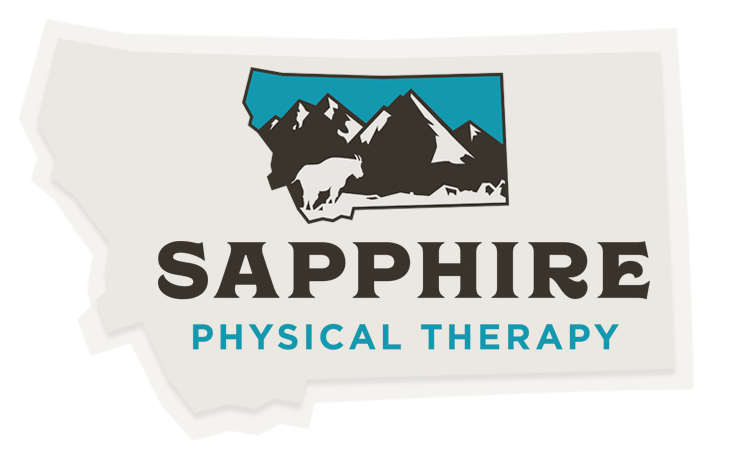Return to Sport after ACL injury: Cue Chaos
While Anterior Cruciate Ligament (ACL) rehabilitation is one of the highest studied areas within physical therapy, it certainly has its shortcomings with loose return to play (RTP) guidelines remaining less than definitive and not to mention delivering relatively high failure rates.
So, why is this high failure rate occurring, what are we missing, and what can we do to see meaningful changes in return to sport? While physical therapists & medical research at large might not have all the answers, we are gaining perspective and adapting to ultimately deliver better outcomes by exposing the limitations in our treatment protocols---most notably with neurocognitive uptraining.
Grooms et al first revealed the lasting limitation of neurocognitive changes that follow ACL injury. He essentially evaluated the results of MRI brain scans of a single ACL-deficient patient versus a single control-patient without ACL injury. His findings revealed that the “ACL-injured participant exhibited increased activation of motor-planning, sensory-processing, and visual-motor control areas.” Since then, the research community has produced high level evidence to support his findings on a respectable scale. So why would we see this change and how does this reorganization impact the athlete?
This type of pathway reorganization of the brain is called neuroplasticity which is the brain’s natural response to experience that stimulates learning. In most cases, this is a neuro-protective mechanism (fire=pain=fear=reduced future exposure) but not so much in the case, following ACL injury and one of the reasons researchers attribute the high recurrence rates. The fantastic part about neuroplasticity is that our bodies have the ability to upregulate some systems in response to one that is lacking to compensate for our limitation. For instance, balance is made up of by three components: visual, vestibular, and proprioceptive systems. When our proprioceptive system (our joint sense of where our body is in space and time) is disrupted, as in the case of an ACL injury, the athlete must rely more on the other two, thus we see increased brain activity that is responsible for visual processing during simple tasks. This new visual-motor strategy unfortunately takes away from our automation of movement requiring increased sensory-processing demand.
We have all had the pleasure of watching an athlete effortlessly transition from one complex movement to another with graceful ease that seems to be second nature. This requires constant demand of our motor cortex’s sensory-prediction error-correction pathway that regulates automatic correction and predictability of movement via balance, coordination and postural feedback. After ACL injury, the same simple task now takes up more brain power to perform. If any unpredictable circumstance is added, the nervous systems’ capacity to identify and correct any potential injury threats is overwhelmed. Current rehab standards with regard to sensory-processing load simply does not mimic the CHAOS that is seen not only of the sport but required of a true game-like situation. We must find ways to mimic chaos in a clinical setting to best address the neurocognitive changes that are occurring.
So how do we address these neurocognitive changes within the clinic walls? Research has demonstrated that an external focus (cone, visual cue, something external to the body) has the potential to allow the athlete to perform the task subconsciously as they progress. This external focus of attention reduces the initial stages of learning by facilitating movement automaticity and making it second nature. While utilizing this technique we reduce the athlete’s reliance on vision and upregulate their proprioceptive system to mimic game like conditions:
Tracking a ball
Engaging with players
Reactionary and decision making
Anticipatory
Cognitive load (dual-task)
Let’s reform ACL rehab to see success rates increase and watch our athletes rise. From personal experience with ACL injury to becoming a physical therapist, let me be the one to help you return to your sport with greater confidence.
Written: Bailey Hewitt, PT, DPT
References:
Diekfuss, J.A. et al., 2019. Does brain functional connectivity contribute to musculoskeletal injury? A preliminary prospective analysis of a neural biomarker of ACL injury risk. Journal Of Science And Medicine In Sport, 22(2), pp.169–174.
Grooms, D.R. et al., 2017. Neuroplasticity Associated With Anterior Cruciate Ligament Reconstruction. Journal Of Orthopaedic & Sports Physical Therapy, 47(3), pp.180–189.
Gokeler, A. et al., 2019. Principles of Motor Learning to Support Neuroplasticity After ACL Injury: Implications for Optimizing Performance and Reducing Risk of Second ACL Injury (vol 49, pg 853, 2019). Sports Medicine, 49(6), p.979.
